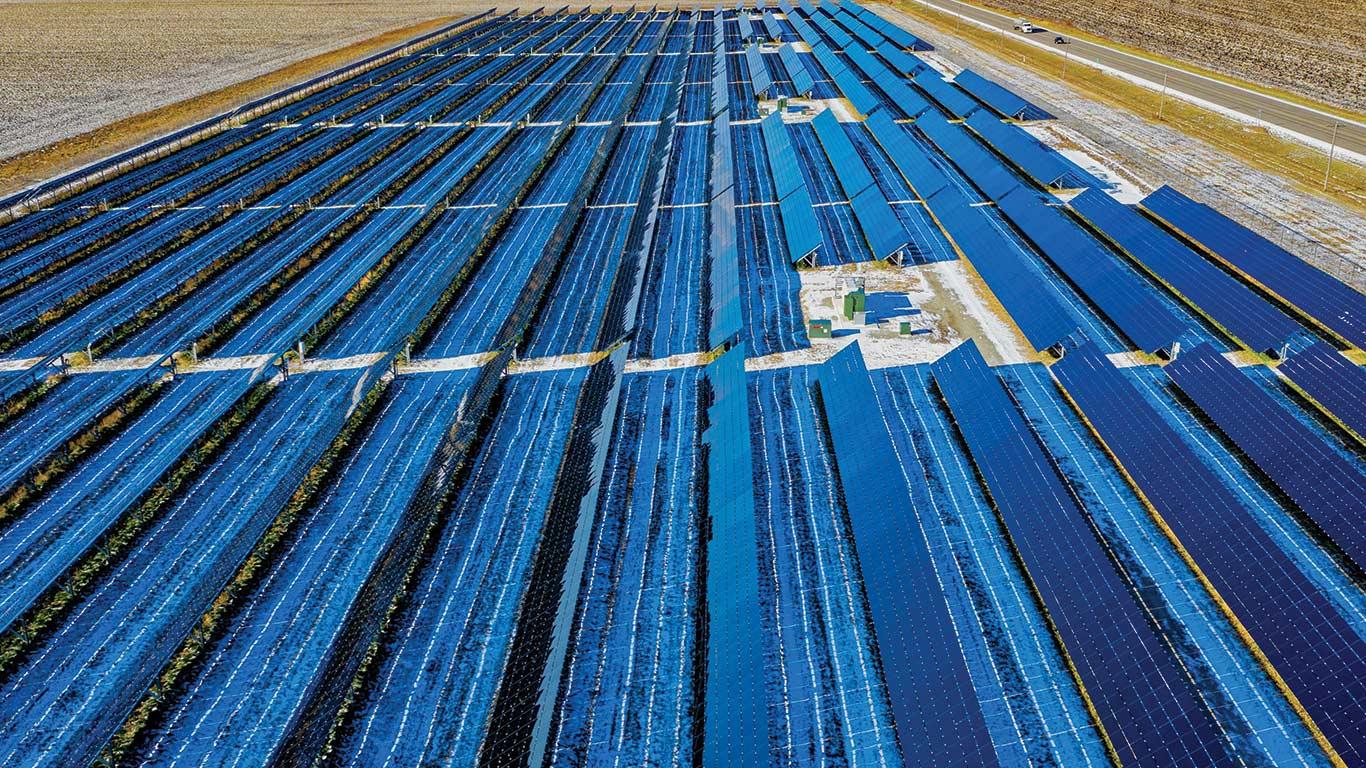
India's Solar Sector May Face Oversupply By 2027, Warns SBI Capital
While domestic demand has kept pace - with solar installations jumping 60% year-on-year in FY25 to around 24 GW, which necessitated approximately 50 GWdc in modules - projections now point to potential excess capacity.
SBI Capital Markets forecasts that by 2027, India's cumulative module capacity could reach 190 GW, while yearly additions are expected to stabilise between 40–50 GW.
This mismatch between production and demand could result in oversupply. A significant factor in this shift is the drop in export opportunities, especially following the U.S. rollback of solar project incentives-a move that's curbed exports to one of India's biggest markets.
Despite this robust module output, India lacks sufficient upstream capacity. Solar cell manufacturing stands at under 30 GW, prompting concerns about supply chain completeness.
To address this, ALMM-II will require projects bidding after August 31, 2025 to use domestically-approved cells - extending to Commercial & Industrial (C&I) segments through net-metering and open-access rules.
While this may help build self-sufficiency over time, the reliance on higher-cost domestic content in the interim could elevate project costs and dampen bidding enthusiasm.
To ease the transition, around 100 GW of projects bid since December 2024 have been exempted from these rules.
Upstream integration beyond cells - like wafer and polysilicon production - remains minimal. Despite a goal of 40 GW wafer capacity by March 2027, progress has been modest.
Moreover, India has little domestic polysilicon output, even as global prices have surged by 35–40% due to supply volatility.
Still, SBI notes that integrated module manufacturers, supported by India's policies and constrained cell supply, are currently attaining better margins and growth compared to global peers.
(KNN Bureau)
Legal Disclaimer:
MENAFN provides the
information “as is” without warranty of any kind. We do not accept
any responsibility or liability for the accuracy, content, images,
videos, licenses, completeness, legality, or reliability of the information
contained in this article. If you have any complaints or copyright
issues related to this article, kindly contact the provider above.

















Comments
No comment